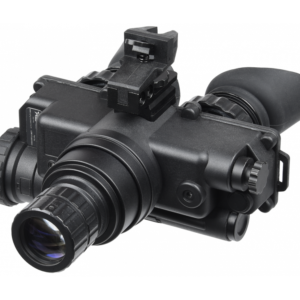In the stillness of the night, where human eyes falter, science has bestowed an extraordinary gift—affordable night vision equipment. This technology, revolutionary in its scope and application, allows humans to extend their visual capabilities into the realm of darkness, revealing a world unseen in natural light. It stands as a prime example of how scientific advancements can dramatically extend the reach of human senses, providing both practical benefits and profound changes to security, wildlife observation, and even navigation.
The core science behind night vision lies in its ability to amplify minuscule amounts of light and translate invisible wavelengths into visible images. At the heart of most night vision devices (NVDs) are two primary technologies: image enhancement and thermal imaging. Image enhancement works by capturing the small amount of light present—whether from the moon, stars, or ambient artificial lighting—and amplifying it to levels that make vision possible. Thermal imaging, on the other hand, reads the infrared spectrum, which is emitted as heat by objects instead of relying on reflected light. This allows for the visualisation of a scene based solely on temperature differences.
The journey of night vision technology began during World War II, with its development being a significant advantage in night-time operations. Initially cumbersome and rudimentary, these early NVDs have evolved through waves of technological advancements into the compact, highly effective devices we see today. Current generation NVDs can function in near-total darkness, providing clear, detailed images and have become increasingly user-friendly and accessible to not just military personnel but also civilians.
One of the most significant applications of night vision is in enhancing safety and security. Security personnel use NVDs to monitor and manage secure facilities, borders, and sensitive areas under the cover of darkness. In military operations, they are indispensable tools for night-time reconnaissance, surveillance, and engagement, providing soldiers with a critical advantage over adversaries.
Moreover, night vision technology has found extensive use in the realm of wildlife research and nature observation. Scientists and naturalists employ these devices to observe nocturnal animals in their natural habitats without disturbing them. This has been crucial in studying behaviour patterns, population dynamics, and ecological relationships that are otherwise hidden in the darkness. The footage and data collected via night vision equipment have significantly contributed to our understanding of many elusive species and their conservation needs.
Another vital area where night vision assists is in navigation and transportation. Pilots and maritime operators use night vision goggles (NVGs) to enhance their situational awareness during night flights or in dark maritime environments. This capability is critical for avoiding obstacles, navigating safely, and conducting search and rescue missions under impaired visibility conditions.
Despite its numerous advantages, the use of night vision equipment does come with challenges and considerations. The technology can be expensive, and its effectiveness can vary based on environmental conditions such as fog, smoke, or extreme darkness. Furthermore, there is an ongoing ethical debate about privacy implications, especially concerning surveillance capabilities in civilian areas.
Summing up, night vision technology is a striking example of how science has enabled humans to take advantage of the dark, transforming night from a cloak of invisibility into a new frontier of opportunity and discovery. From enhancing safety and security to unlocking the secrets of nocturnal wildlife, affordable night vision continues to open new vistas for exploration and understanding, proving that even in darkness, there is much to see and learn.
